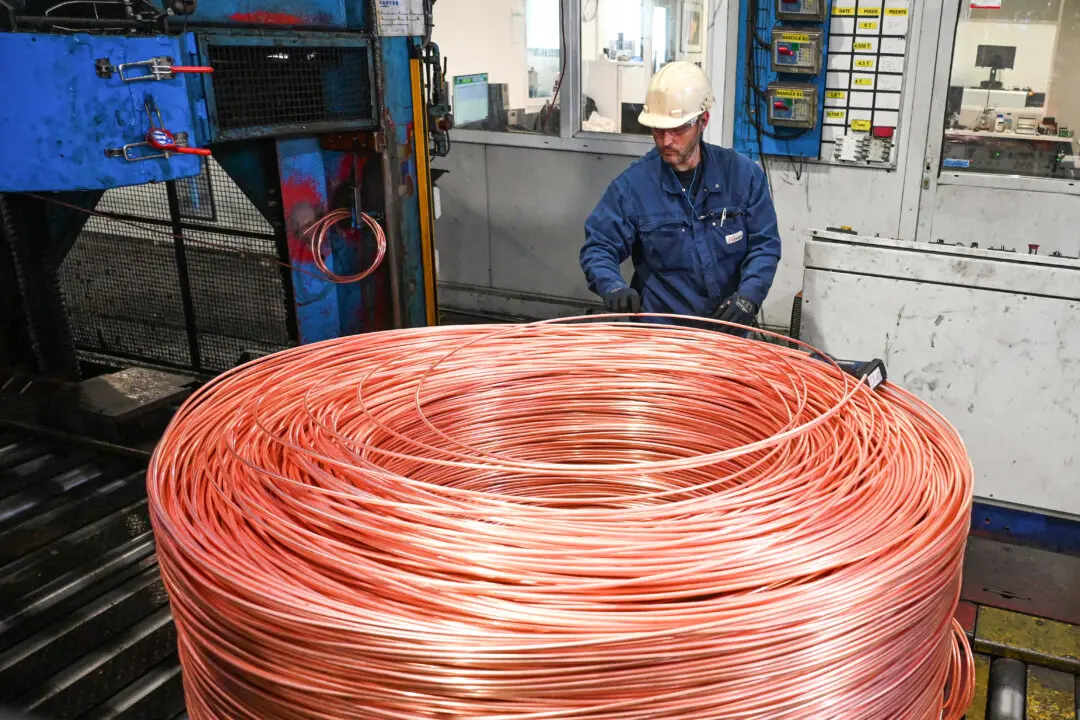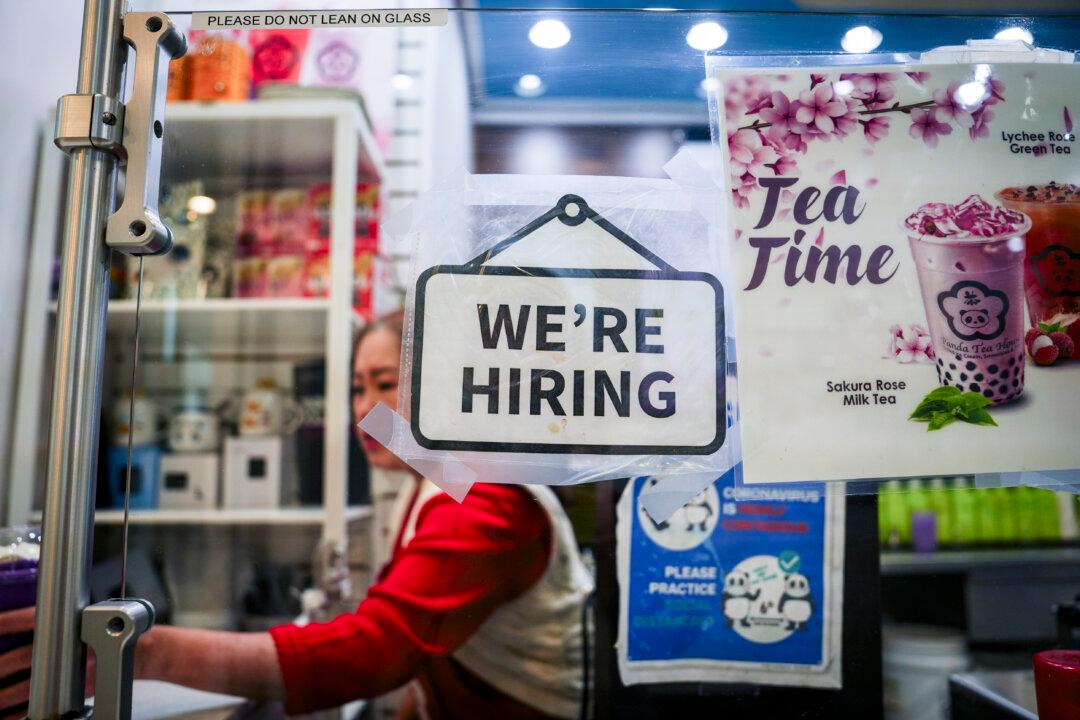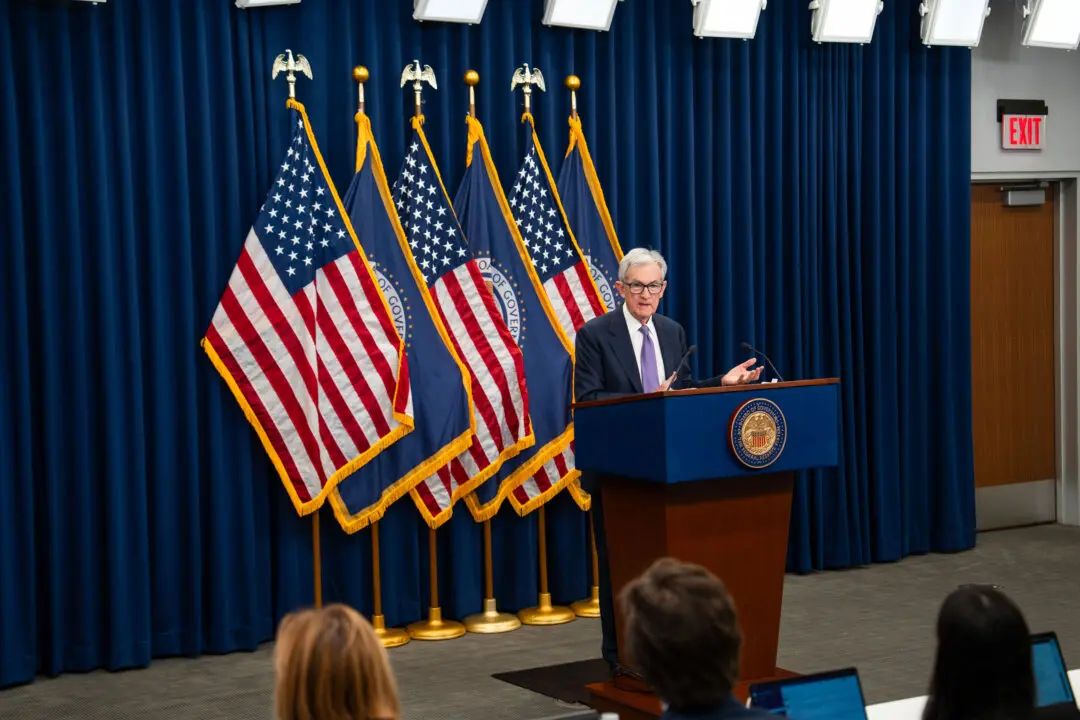The Federal Reserve is on an inflation-busting campaign. During the September meeting of the central bank’s policy-making arm, the Federal Open Market Committee’s (FOMC) members raised the benchmark federal funds rate by 75 basis points to a target range of 3 percent to 3.25 percent, the highest level since 2008.
According to the dot-plot—a survey of rate-setting committee members and their economic projections—interest rates are projected to climb to 4.4 percent by the year’s end and to 4.6 percent in 2023.





